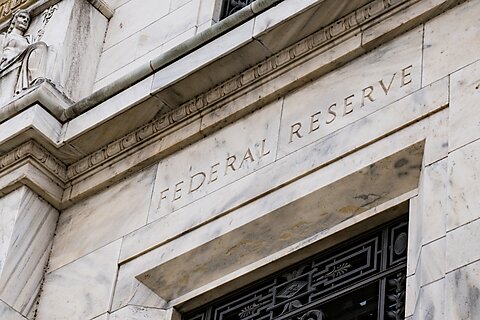Norbert Michel
On September 18, the Fed announced a 0.50 percent cut in its target rate, the first time it has cut its policy rate since 2020. The size of the cut may have surprised some people, but the Fed has been as murky as ever about what it would do today, and that’s not surprising.
With inflation continuing to head in the right direction, some had argued that we would see a larger cut after US employment data was revised downward in August. But last week the CME Group’s FedWatch suggested most financial market participants did expect the 0.50 percent cut.
While the public was left to guess what the Fed would do, it is a fact that multiple rates have already been declining for months. For example, the 30-year mortgage rate has essentially been declining since October, as have the 3‑month and 1‑month Treasury rates. (The 3‑month Treasury took a sharper dive in June, and the 1‑month Treasury fell more sharply in August.)
So, maybe the Fed’s not as powerful as everyone seems to think. Regardless, the public should not have to guess what the Fed will do with its target at each meeting.
As my colleague Jai Kedia has noted, at least one standard policy rule suggests the Fed should have already cut its target. Specifically, in July it showed that the Fed’s target range of 5.25 percent to 5.50 percent should have been significantly lower, in the range of 4.50 percent to 4.75 percent.
Perhaps none of these rates are the “right” one. But the precise value of the Fed’s target is not what matters most. What matters most is that people want and need predictability and accountability for the Fed, and they have neither. Congress could, however, fix this problem by requiring the Fed to follow a policy rule.
At the very least, Congress could require the Fed to follow a rule and give it the ability to deviate from that rule, provided they explain exactly why (and what they’re doing) to Congress. This approach was in the 2015 FORM Act, a bill that passed the US House.
This sort of reform would greatly reduce uncertainty with respect to the Fed’s future policy actions without overly restricting the Fed. It would also make it much easier to hold the Fed and elected officials accountable for their decisions. That’s not too much to ask in a democratic country.

